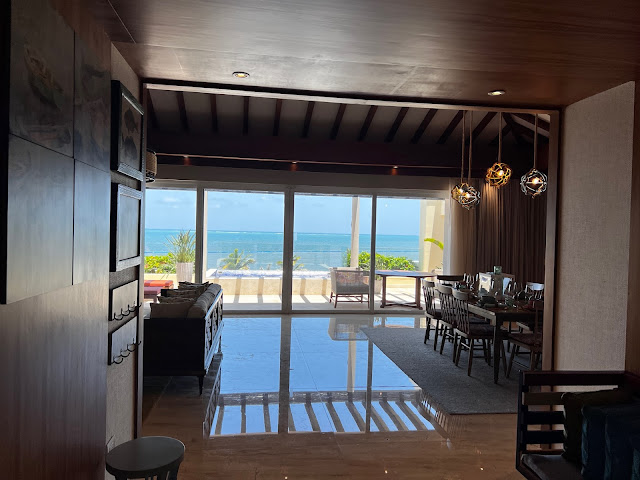The airline that rethinks leg room on long haul flights could have a leg up on its competition.
In starting this article, I got distracted and tried to see how many times I could use the word ‘leg’ or legs’ in the title and sub-title, much like how airlines are obsessed with extra leg room to differentiate their brand.
Long haul flights quite often resemble traveling by bus in rural India. “That’s why they have Airbus,” quipped a fellow passenger when I made the observation as we calmly watched the gate agent in New York’s JFK airport coping with passengers jostling to board the flight and stay crumpled in uncomfortable positions for hours at a stretch.
While airlines flaunt the extra inches they offer you in leg room, others design products to make long haul flights in cramped seats less unbearable – from special neck pillows to compression socks for the elders. Some passengers show up for long haul flights dressed in their pajamas with a pillow tucked under the arm, ready to sleep. In coach or economy class, the lucky few win the coveted three-seater or four-seater lottery where they get to stretch out and actually sleep flat if their neighboring seats are unoccupied.
Besides the discomfort, not only for the passengers, but also for the crew on long haul flights (they take turns sleeping inside tiny box-shaped cells in 4-hour spells), the health risks of sitting in flights for long stretches of time can be serious. Cases of deep vein thrombosis (DVT) affecting even young and athletic passengers aren’t unheard of.
Any airline that is serious about standing out from the crowd has an opportunity lurking within this problem. Aircraft manufacturers and airlines could reimagine aircraft interiors from scratch and think of how best to use the space inside an airplane for giving long haul passengers the most comfort with the least health risk.
Aviation could draw lessons from the rail transportation and the furniture industry.
Aircraft manufacturers could hold a contest for industrial design students and professionals to rethink aircraft seats. Long haul air travel probably needs a transformer seat, one that transforms into some sort of a bunk bed.
Perhaps they can they draw inspiration from sleeper cars of long-distance trains of the Indian Railways. Their 3-tier sleeper cars have seats where both, a bench’s backrest and its canopy, get repurposed using a simple chain and hook to make three tiers, each with a flat bed. The overhead bins will need to be reconfigured. Seat belts, safety regulations and instructions will have to be redesigned for the sleeping position.
Business and first class could still stay differentiated with options of privacy and elbow room.
Long haul flights where all passengers enjoy the choice of being seated or lying flat during flight could mean higher revenues per passenger for the airline, and fewer sleepy faces for the immigration cameras.

